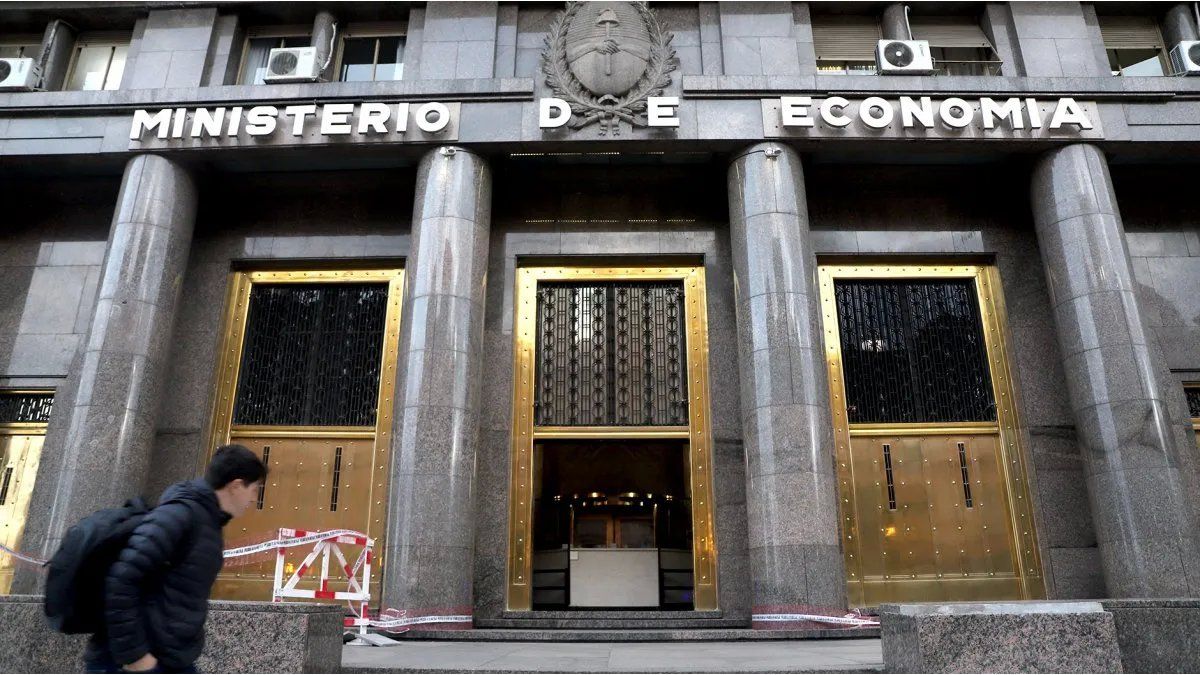In the government, they estimate an impact of 0.8% of GDP, although the private sector is less optimistic. In the first semester, the deviation from goals was about $700,000 million. Without the package, the 2023 deficit would point to 2.8% of GDP.
The generalization of the COUNTRY Tax to almost all the sale of foreign currency destined for the importation of goods that the government announced has, on the one hand, the effect of making products that come from abroad more expensive in a sort of tax devaluation. With the new version of dollar agro, it can help the government meet the objective of preventing dollars from leaving the Central Bank. But on the other hand, allows you to solve another of the big problems that it has been having in 2023, which is the deviation from the pattern of fiscal deficit provided for in the agreement with the International Monetary Fund (IMF). In theory, according to analysts, with this package a primary red of 1.9% or 2% of GDP could be met. However, there are private individuals who think that the official estimates may be optimistic.
The content you want to access is exclusive to subscribers.
“Fiscal measures were taken that would add 0.8% to collection, with which it is presumed that under the conditions prior to this pre-agreement the deficit pointed to 2.8% of GDP,” says the consultant. Salvador Di Stefanobased on the idea that the new agreement to be announced between Wednesday and Thursday maintains the original pattern.


It can be put in numbers. In the first 6 months of the year the deficit reached $1.87 trillionwhich represents 1.1% of GDP, while, to approve the second review, the accumulated should have been $1.18 trillion. Therefore, the deviation would be around $700,000 million.
The stock company Portfolio Personal Inversiones (PPI) maintains that the government’s estimated impact of $1.3 trillion is optimistic. In its most recent report, it says that “it does not exceed 0.5%”, which is equivalent to a little more than the deviation of the first half of the year. “Regarding the monetary impact, there would be no changes compared to the current. The BCRA would absorb the Monetary Base when it sells at $269.4 and the treasury would keep the 7.5% differential as collection”, the report states. In broad strokes, if one takes into account that in the case of tradables, there would remain to be imported this year some US$26,000 million between August and December (the Survey of Market Expectations of the Central Bank estimates US$70,000 million for 2023), if a rate of 7.5% is applied to this, they would leave a little more than $526,000 million, which represents about 0.3% of GDP. The difference with respect to what was estimated by the government would come from the withholdings on agriculture that the dollar would contribute to $340 and the PAIS tax on services.
Ecolatina points out that “both measures offer the benefit of higher revenue through export duties and the PAIS tax that would collaborate in the necessary fiscal effort to comply with the necessary reduction of the fiscal deficit after a first semester that showed a growing deficit”.
In this regard, according to Walter Morales, president of the Wise fund manager, “broadly speaking, the agreement with the IMF implies a partial devaluation, with a positive impact on revenue. He estimates that if it were 0.8% as proposed by the Government, “cuts this year’s fiscal deficit to 1.5% of GDP”.
Instead, Sergio Chouza, Director of Consultora Sarandí, states that “it is too early to predict” the impact of the package. “It depends on many factors, such as the price of free parallel dollars, negotiations with the agricultural sector, and the need for industries to supply domestic demand with imports that they cannot access today,” he explained.
Source: Ambito




